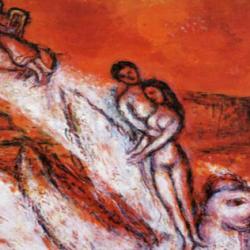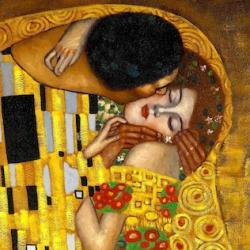In a 1973 article comparing the Song of Songs to Tamil poetry, Chaim Rabin points to evidence of contacts between the Indus Valley and lower Mesopotamia during the time of Solomon. On the spices listed in Song 4:12-14, he writes that these verses evoke the “atmosphere of a period when Indian goods like spikenard, curcuma, and cinnamon, as well as South Arabian goods like incense and myrrh, passed through Judaea in a steady flow of trade. This can hardly related to the Hellenistic period, when Indian goods were carried by ship and did not pass through Palestine: it sets the Song of Songs squarely in the First Temple period.”
Supposed Hellenistic loan-words ( appiryon in 3:9 and talpiyyot in 4:4) don’t disprove this earlier dating: “The phonetic similarities between the Greek and Hebrew words is somewhat vague [the Greek source words are phoreion and telopia ], and this writer considers both attributions to be unlikely, but even acceptance of these words as Greek does not necessitate a late dating for the Song of Songs, since Mycenaean Greek antedates the Exodus.” He admits that if pardes (garden, Paradise) in 4:13 is Persian, then “it would necessitate post-exilic dating,” but he thinks it more likely that both the Hebrew words and the Greek paradeisos have a “different origin.”
What Rabin does not say, of course, is that a linguistic parallel cannot by itself tell us the direction of influence. Is it impossible that the Greeks and Persians borrowed words from Hebrew?















